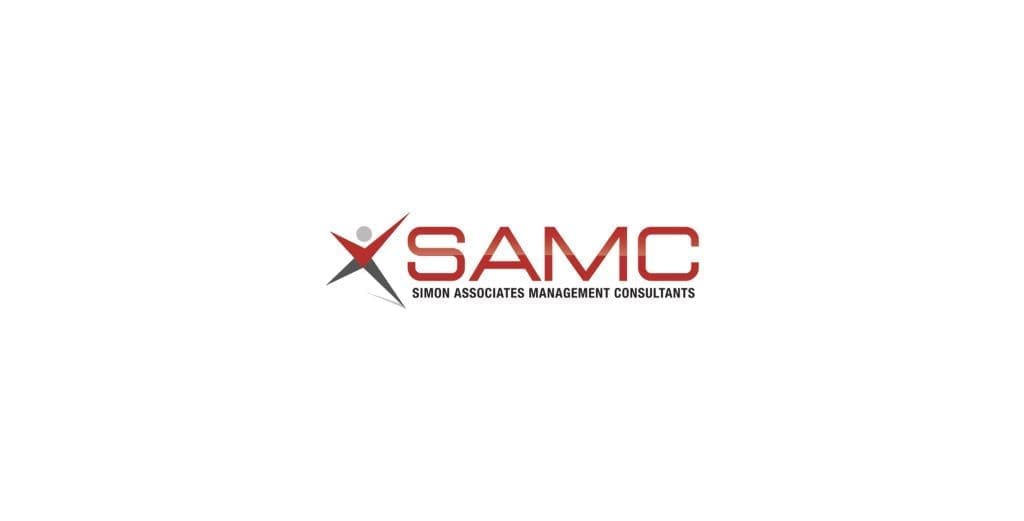 In my last blog post, I wrote about the recent tidal wave among healthcare systems to change their names. Now I would like to follow that with the questions you should ask about the power of your name, whether it really needs changing, and how to make that change really stick.
In my last blog post, I wrote about the recent tidal wave among healthcare systems to change their names. Now I would like to follow that with the questions you should ask about the power of your name, whether it really needs changing, and how to make that change really stick.
Changing a name for a healthcare institution is never easy. If you are going to go through the process, how can you make it work for your hospital?
Let me try and make this simple, or at least simpler. We at Simon Associates believe there are three things you ought to consider. Just three!
1. What is the meaning—the symbolism—of the name you are evaluating? When your name is spoken, what associations does it bring forth among consumers (patients, their families, physicians, other institutions, community citizens)? What emotions does it call up? Do people have a strong awareness of the name? Can they articulate what it stands for?
For example, “XYZ Hospital is the ‘go-to’ place for the best in heart care,” is something we heard over and over again in consumer storytelling sessions for one of our clients. Another group raved about being “Hospital ABC Babies,” speaking with pride about the facility where “everyone” in the region was born—if they were smart. Does your name elicit such statements? Or do you fall into the category of commodity: “a good hospital,” “serves the local community,” or “they have good doctors.”
2. What is the strategy around the name change? Why are you considering a name change? What are you trying to really achieve? Better consolidation of services? Simpler branding and marketing messaging? Better physician recruitment?
A highly-respected hospital in the Northeast recently did an excellent job renaming and rebranding itself, which it did for sound strategic reasons (not only to refresh the logo). After several years of trying to market many separate hospitals that were all part of one health system, they realized the value—the brand—of the entire system was being diluted by each hospital having its own name.
Physicians who originally had been adverse to changing the name of “their” hospital now became advocates for creating a more powerful name and unified brand, once they understood the strategic reasoning. That shift in their thinking was critically important to the successful transformation of the system. Subsequently, all levels, from nurses to support staff, were ready to support and promote the new name.
3. What is the execution plan? The power of a name change is all in the execution. And what makes the execution stick is engagement. The new name will come alive in people’s brains if they have a stake in how it is rolled out, and if the name is telegraphed to the public, “lived” within the hospital and communicated at every touch point. You must make your staff your brand ambassadors, because in a way, they already are. Who are they telling about this wonderful place where they work, and what are they saying about it?
One other very important point is to recognize and honor the legacy of the old name, even while you’re transferring that history to the new. People may mourn the loss of a name they believed in and thought well of in the past. But if you are proactive in your reasons for changing, and explain how you are building meaning into the new name, they will more easily make the leap from the old to the new.
This huge wave of name changing has been occurring across the country for quite a while now, and the trend is not going to slow down anytime soon. So when considering a hospital name change, approach the task with those three questions in mind.
One final piece of advice: What’s the difference between success and failure in the name-change game? Is it the degree to which you involve your community and get them to love the new name. Perhaps it is to build more respect for the institution. Really think through what you are trying to achieve and the naming process will become just one element in your overall brand and business strategy. Don’t forget to invite your staff to come along with you on the journey, and I guarantee it will be a much smoother trip.



